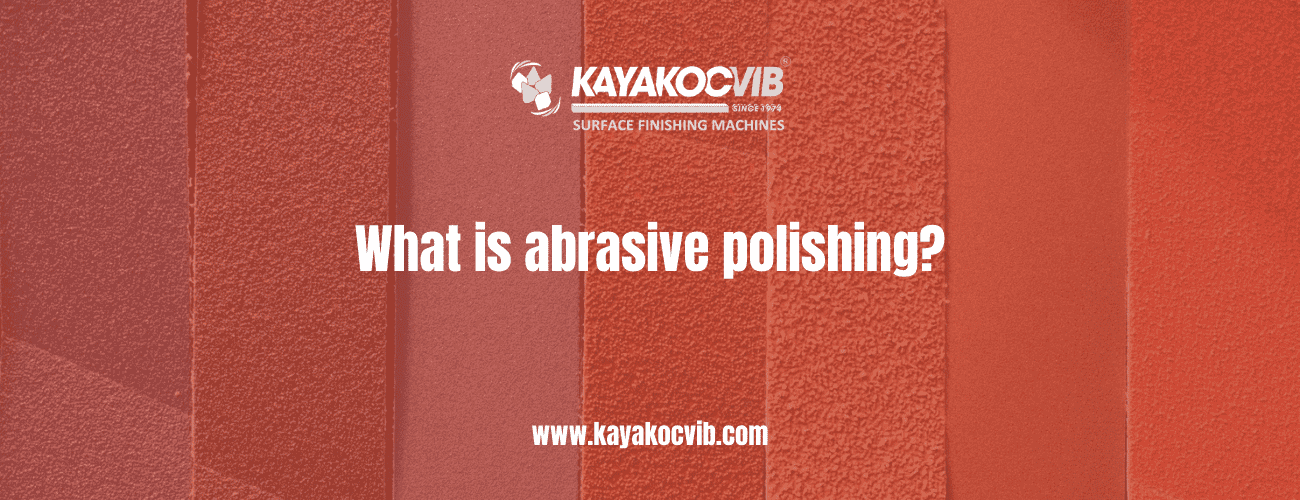
15 Nov What is Abrasive Polishing?
Abrasive stones have been used for centuries to polish a wide variety of materials, from metals and gemstones to wood and plastics. Polishing with abrasive stones is a versatile and effective method for achieving a smooth, high-gloss finish.
What is Abrasive Polishing?
Abrasive polishing is a mechanical process that uses abrasive particles to remove minute amounts of material from a surface. This gradually refines the surface texture, resulting in a polished finish. The abrasive particles are typically embedded in a bonding agent, such as a resin or rubber, to form abrasive stones or wheels.
What is Abrasive Used For?
Abrasives are used in a variety of applications, including:
- Sharpening knives and tools
- Polishing jewelry and gemstones
- Finishing metal surfaces
- Reconditioning automotive parts
- Smoothing wood surfaces
- Removing scratches and blemishes from plastics
Types of Abrasive Stones
Abrasive stones are available in a variety of grits, which refers to the size of the abrasive particles. Coarse grits are used for initial roughing and shaping, while finer grits are used for finishing and polishing.
Common types of abrasive stones include:
- Aluminum oxide (AO): A versatile abrasive that is suitable for a wide range of materials.
- Silicon carbide (SC): A harder abrasive that is often used for polishing hard materials, such as metals and gemstones.
- Novaculite: A natural abrasive that is known for its ability to produce a very fine polish.
Choosing the Right Abrasive Stone
The type of abrasive stone you choose will depend on the material you are polishing and the desired finish. Here is a general guide:
- For metals: Use a coarse grit AO or SC stone for initial shaping, followed by finer grits for polishing.
- For gemstones: Use a fine-grit AO or SC stone for polishing.
- For wood: Use a medium-grit AO stone for roughing, followed by a finer grit AO stone for polishing.
- For plastics: Use a fine-grit AO or SC stone for polishing.
Abrasive Polishing Techniques
There are two main techniques for abrasive polishing:
- Hand polishing: This involves manually rubbing the abrasive stone against the surface you are polishing.
- Machine polishing: This involves using a machine to rotate the abrasive stone against the surface.
Abrasive Polishing Tips
Here are a few tips for abrasive polishing:
- Use a lubricant: A lubricant, such as water or oil, will help to keep the abrasive stone from clogging and will also make the polishing process smoother.
- Apply even pressure: Avoid applying too much pressure, as this can damage the surface you are polishing.
- Work in small areas: It is easier to achieve a consistent finish if you work on small areas at a time.
- Use the correct grit: Use a coarse grit for roughing and shaping, and a finer grit for polishing.
Abrasive Polishing Safety
When abrasive polishing, it is important to take safety precautions, such as:
- Wearing safety glasses: This will protect your eyes from flying debris.
- Wearing gloves: This will protect your hands from abrasion.
- Using a dust collector: This will help to remove dust from the air.
Conclusion
Abrasive polishing is a versatile and effective method for achieving a smooth, high-gloss finish. With a little practice, you can learn to polish a variety of materials using abrasive stones.


No Comments